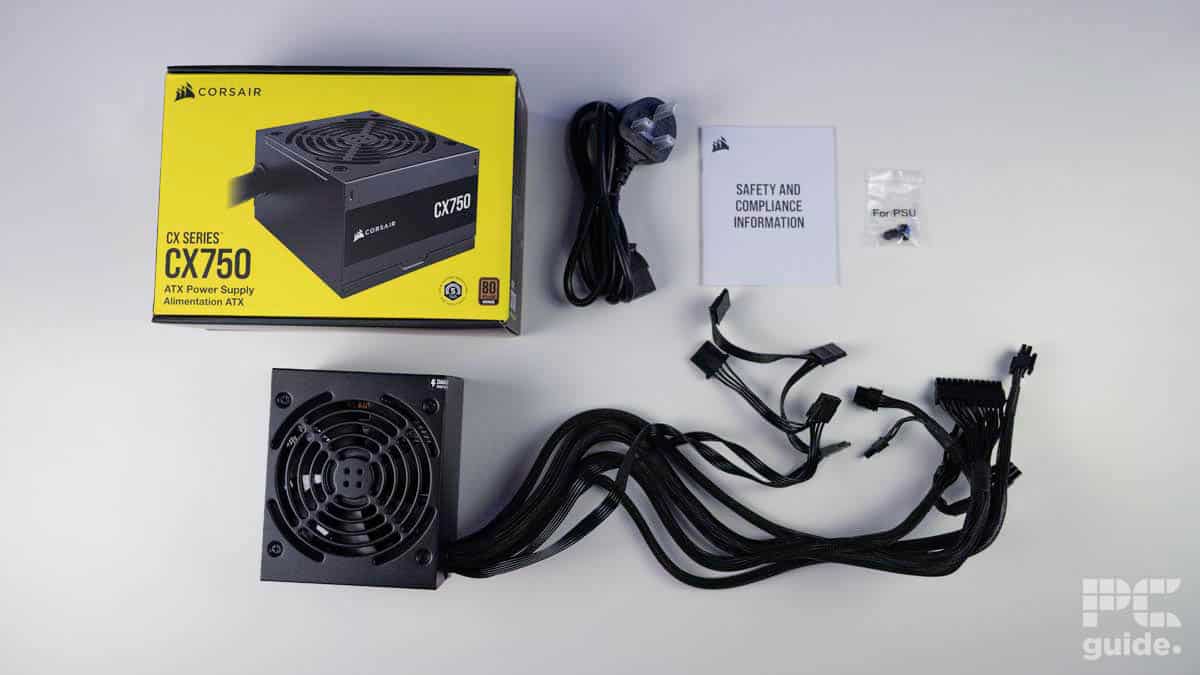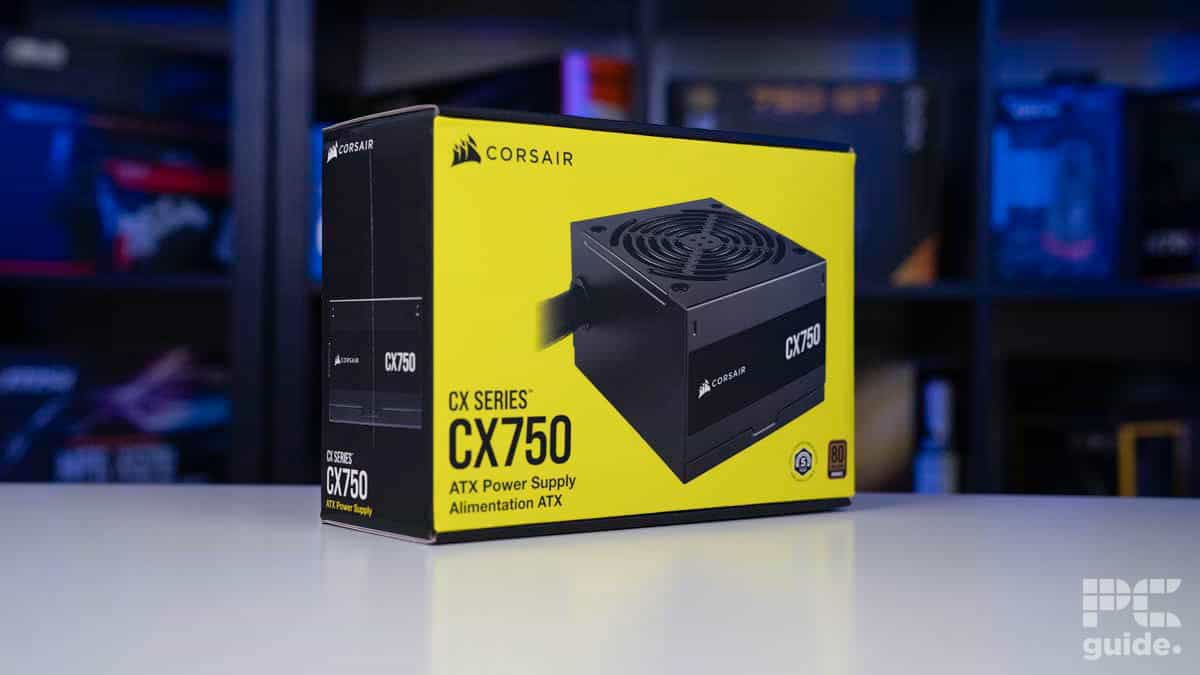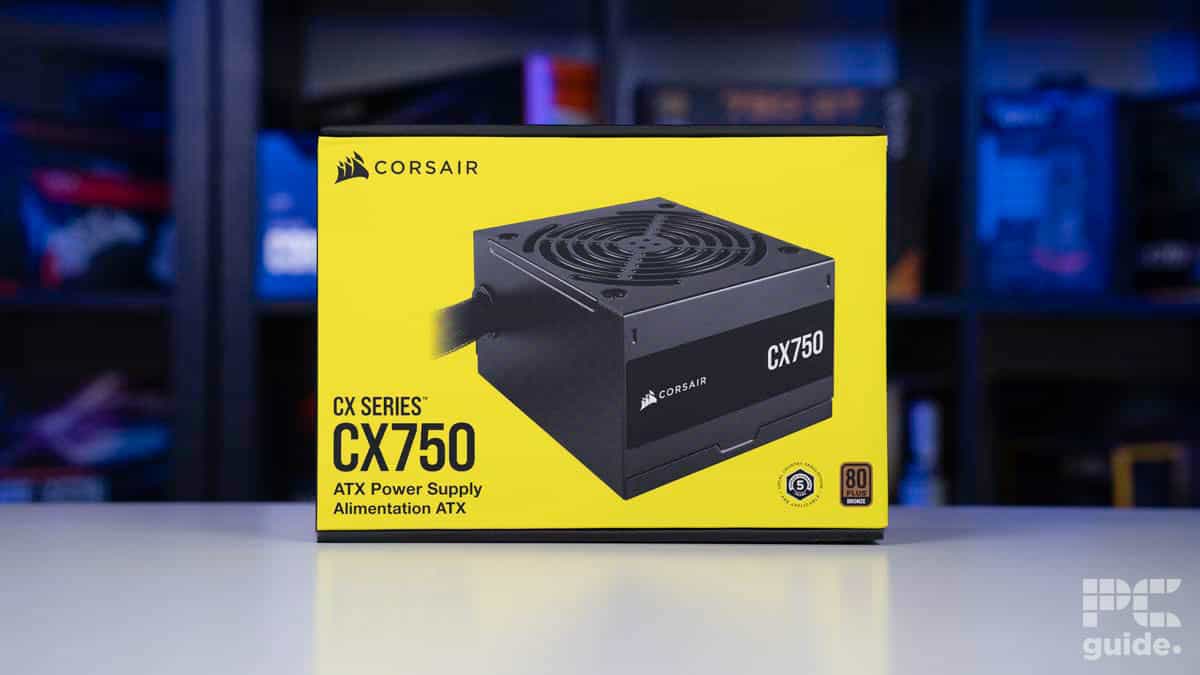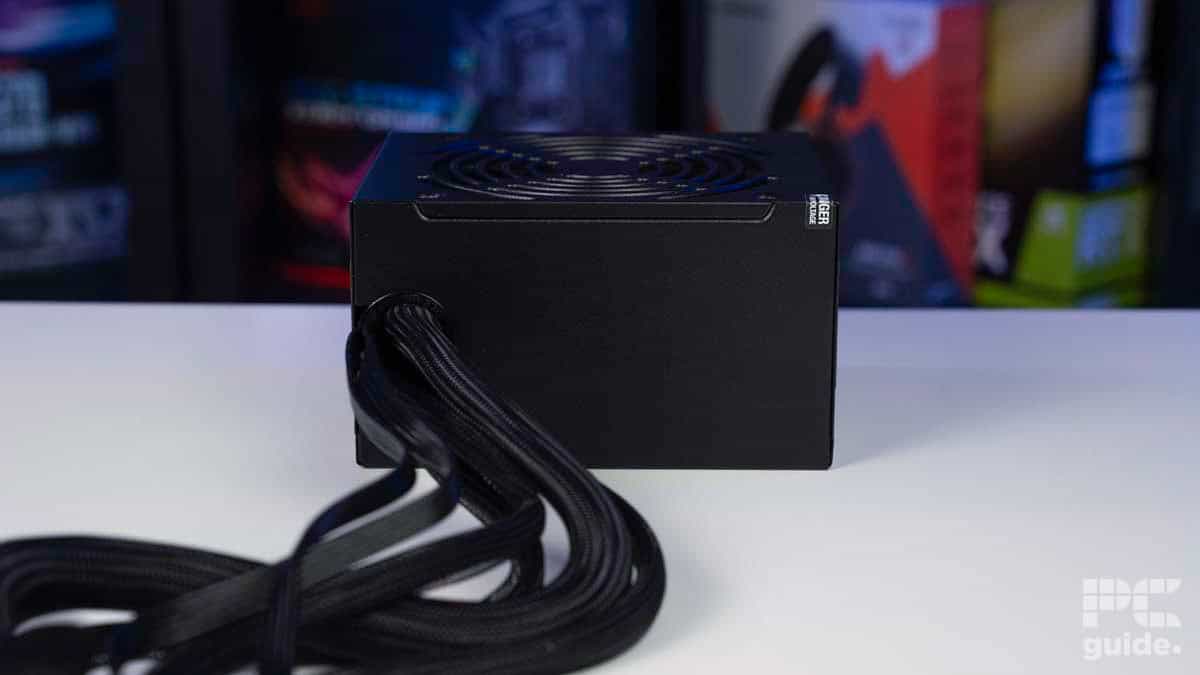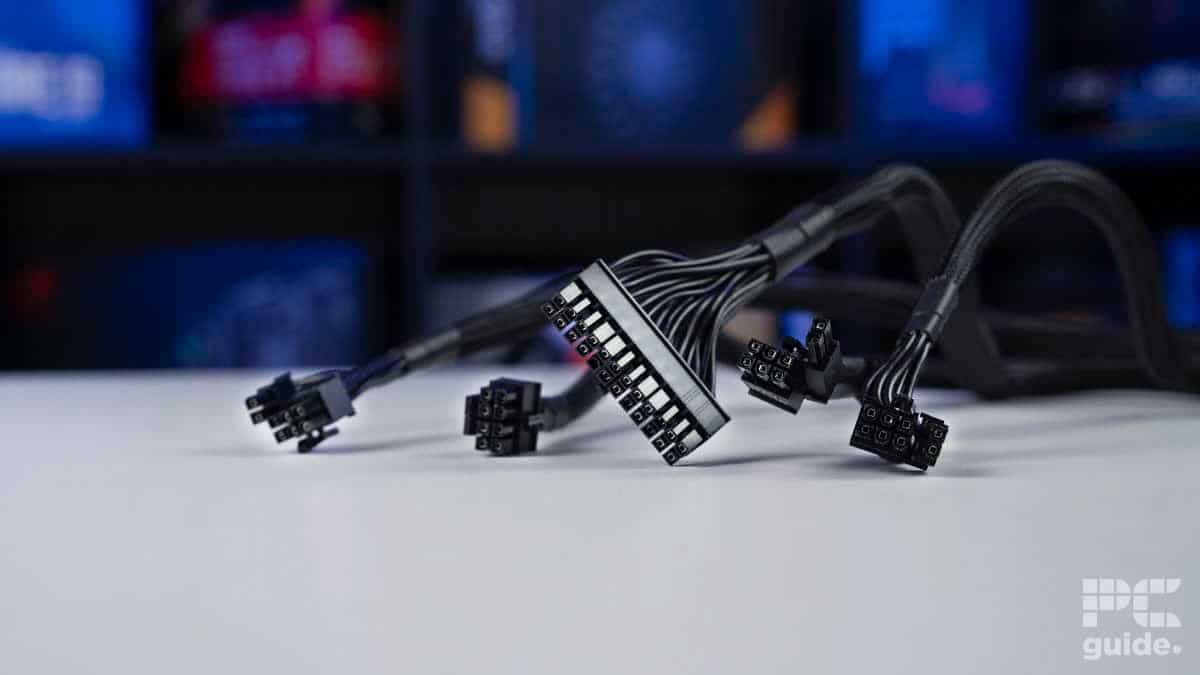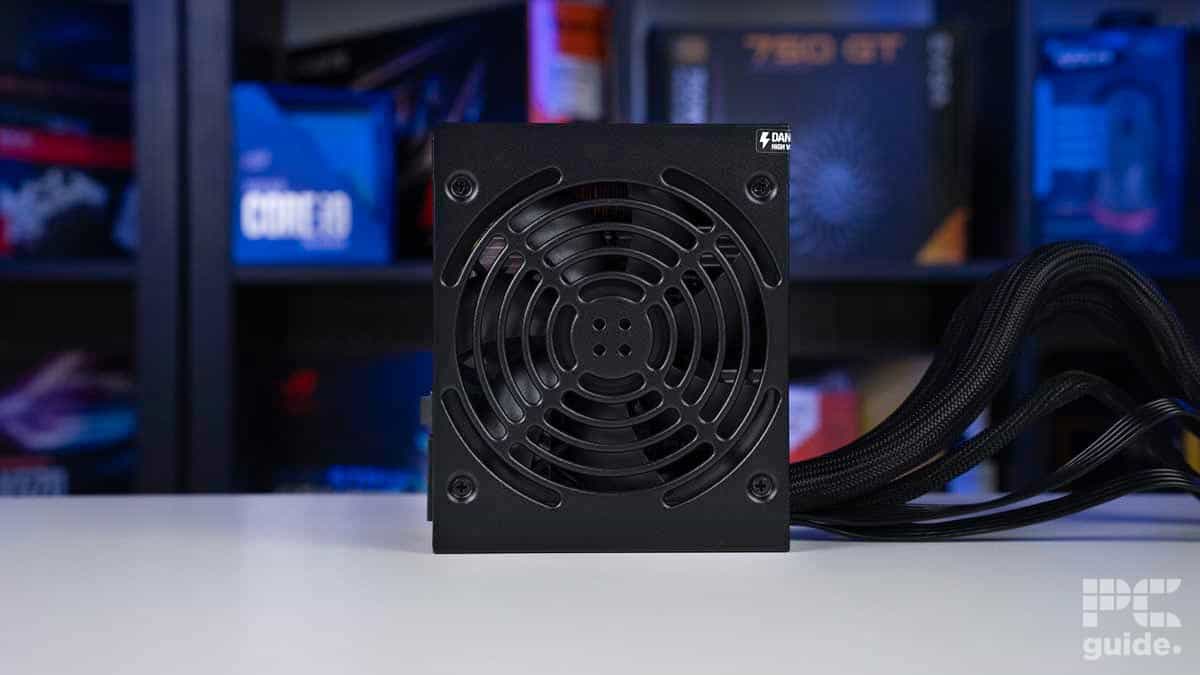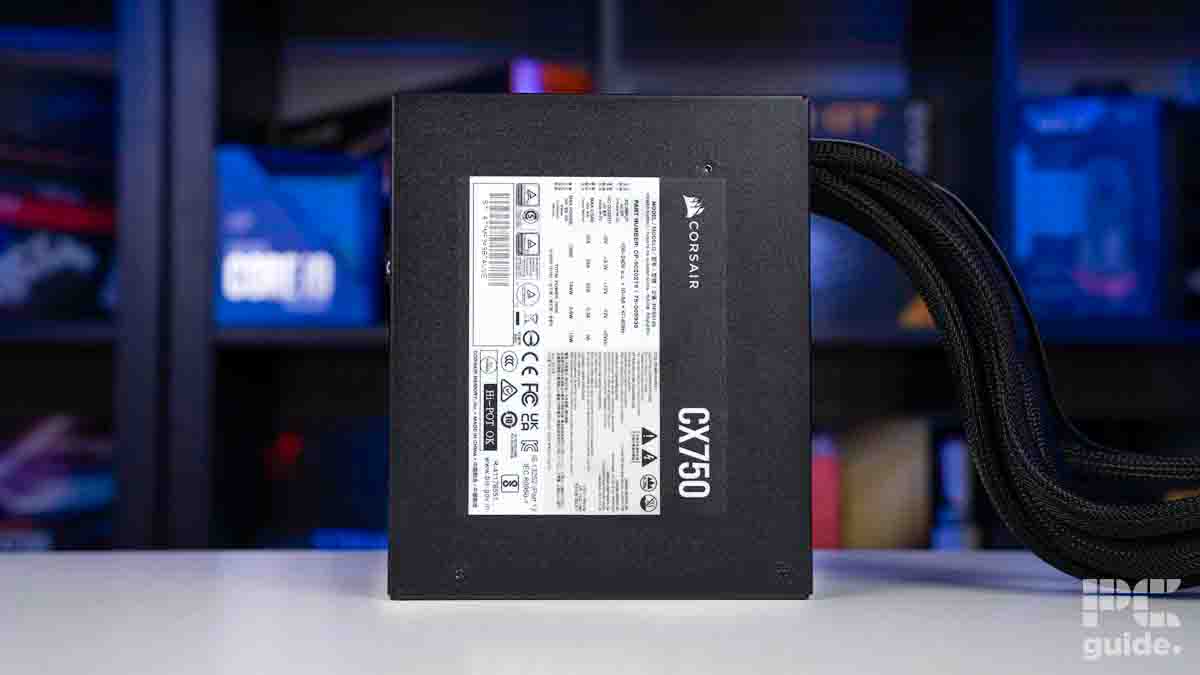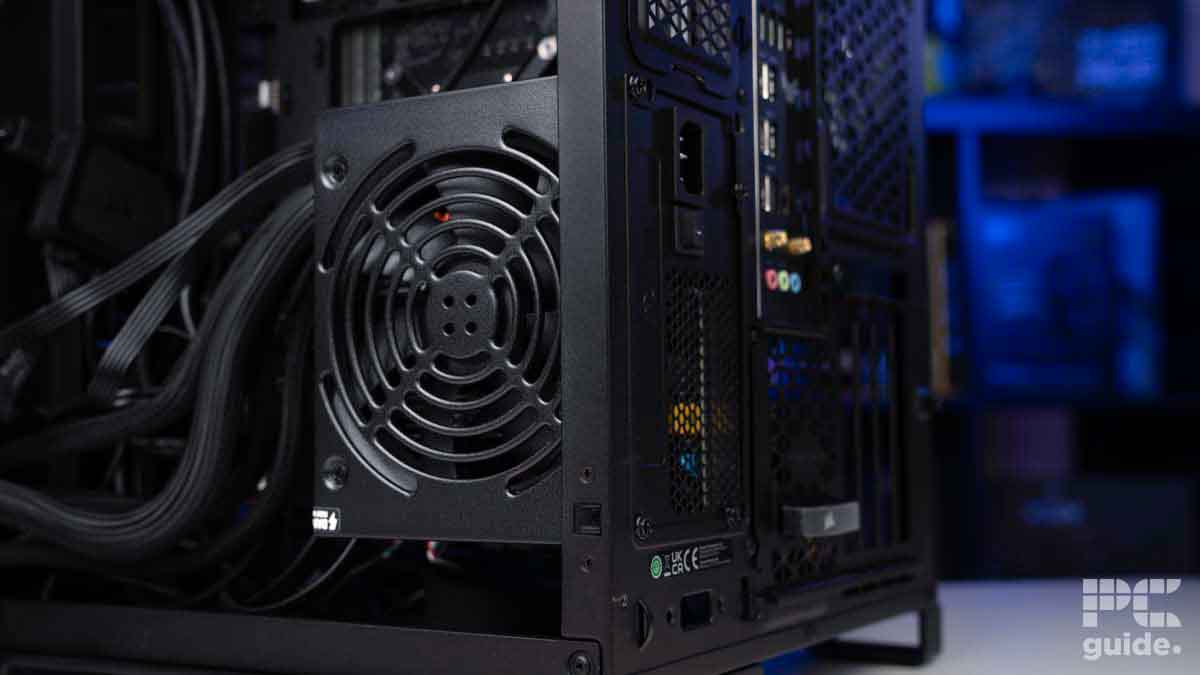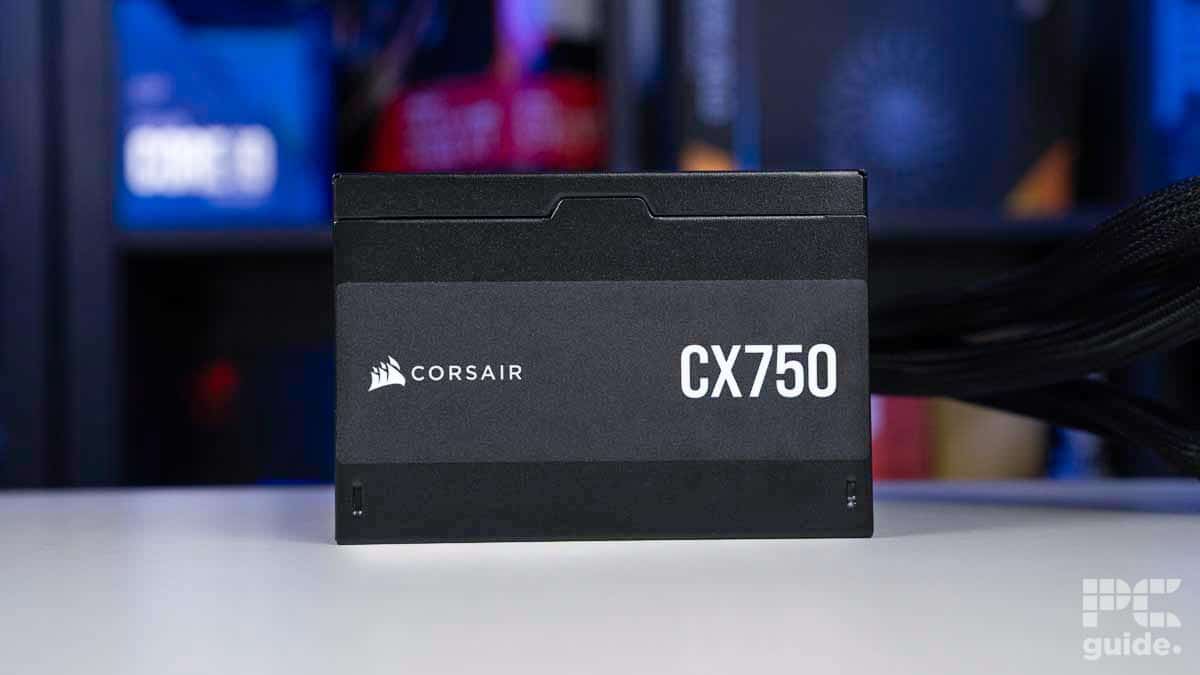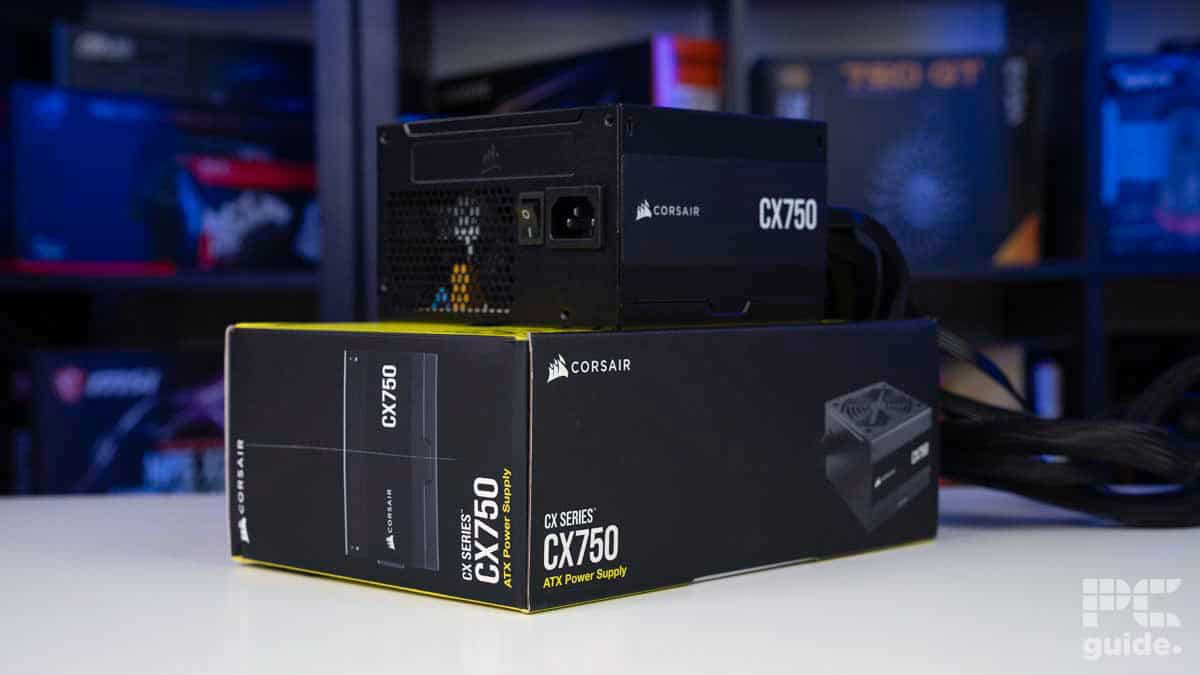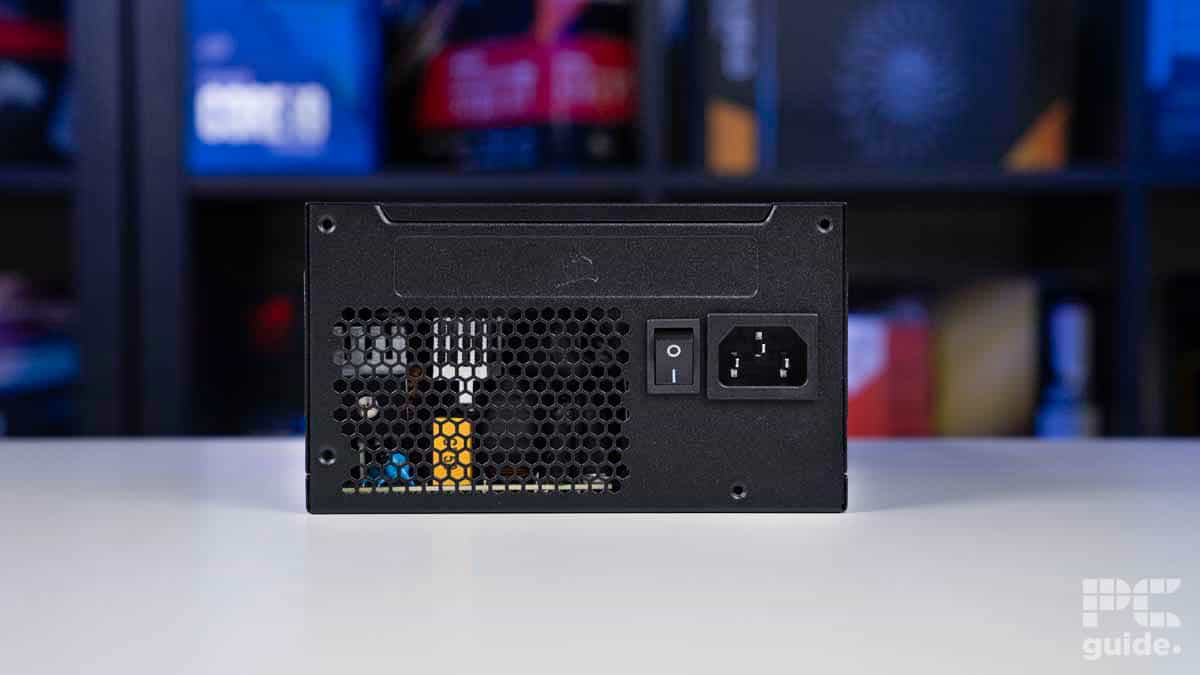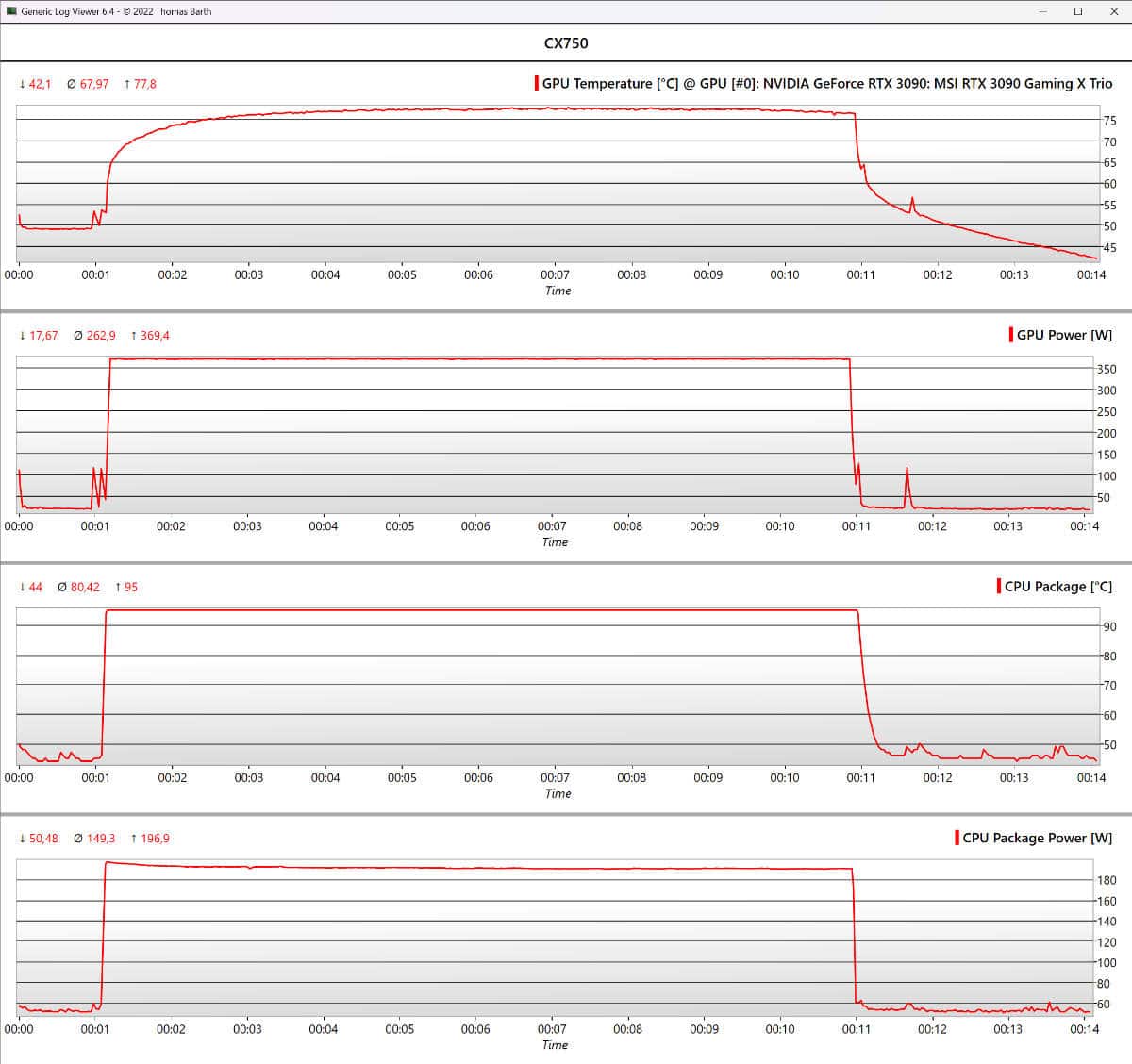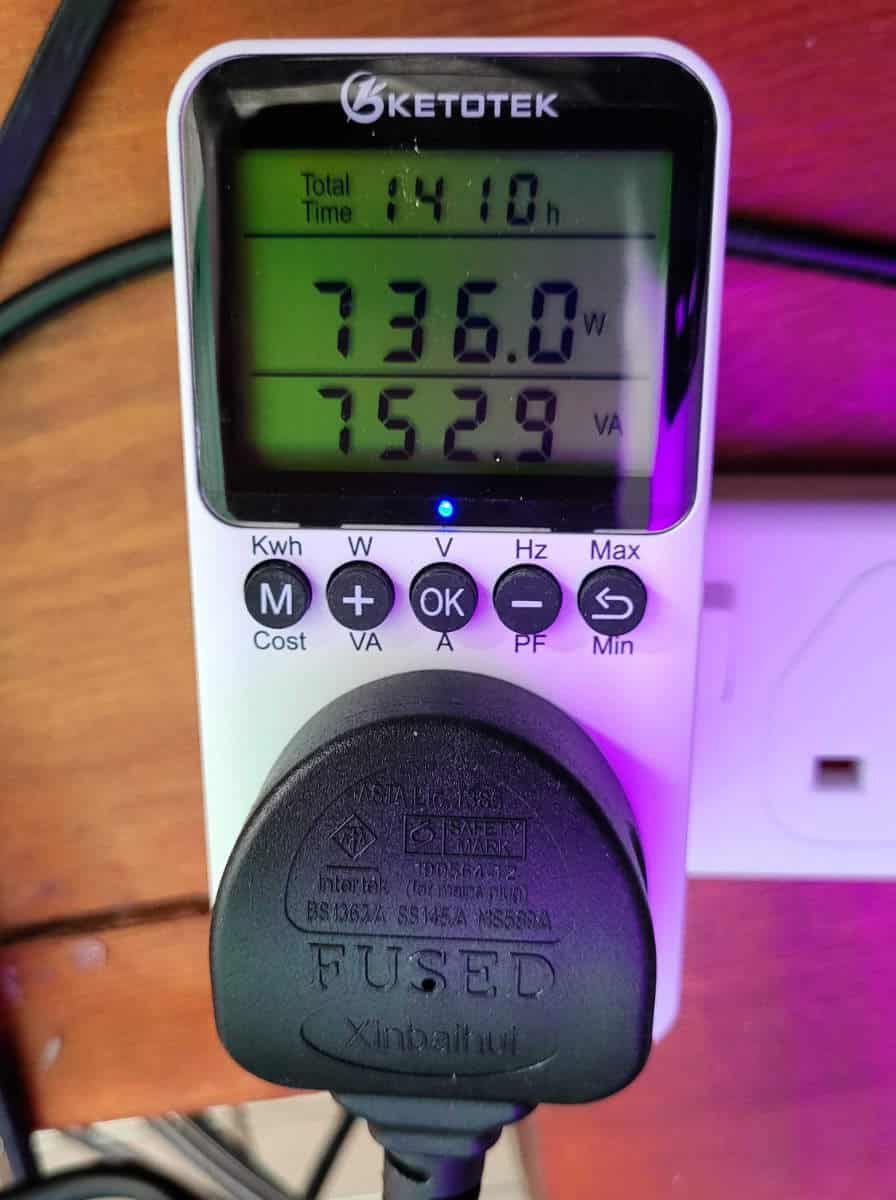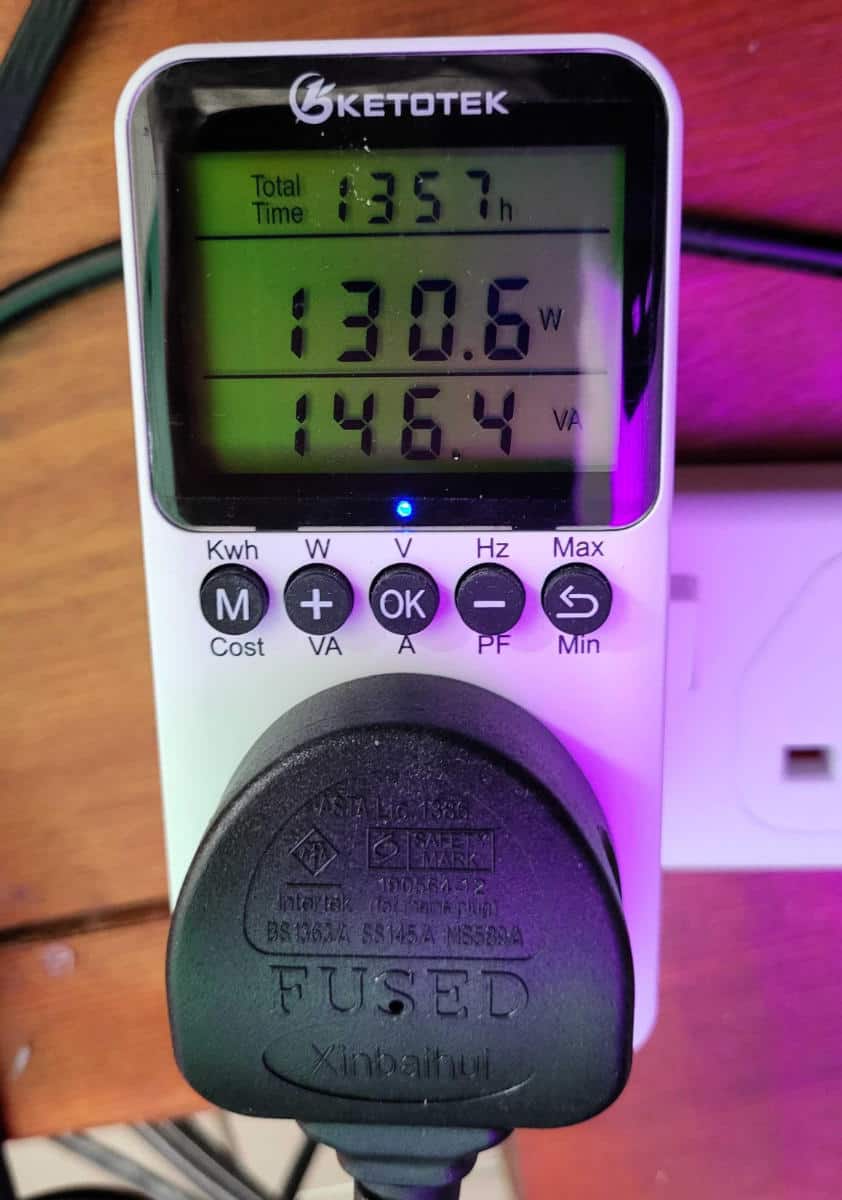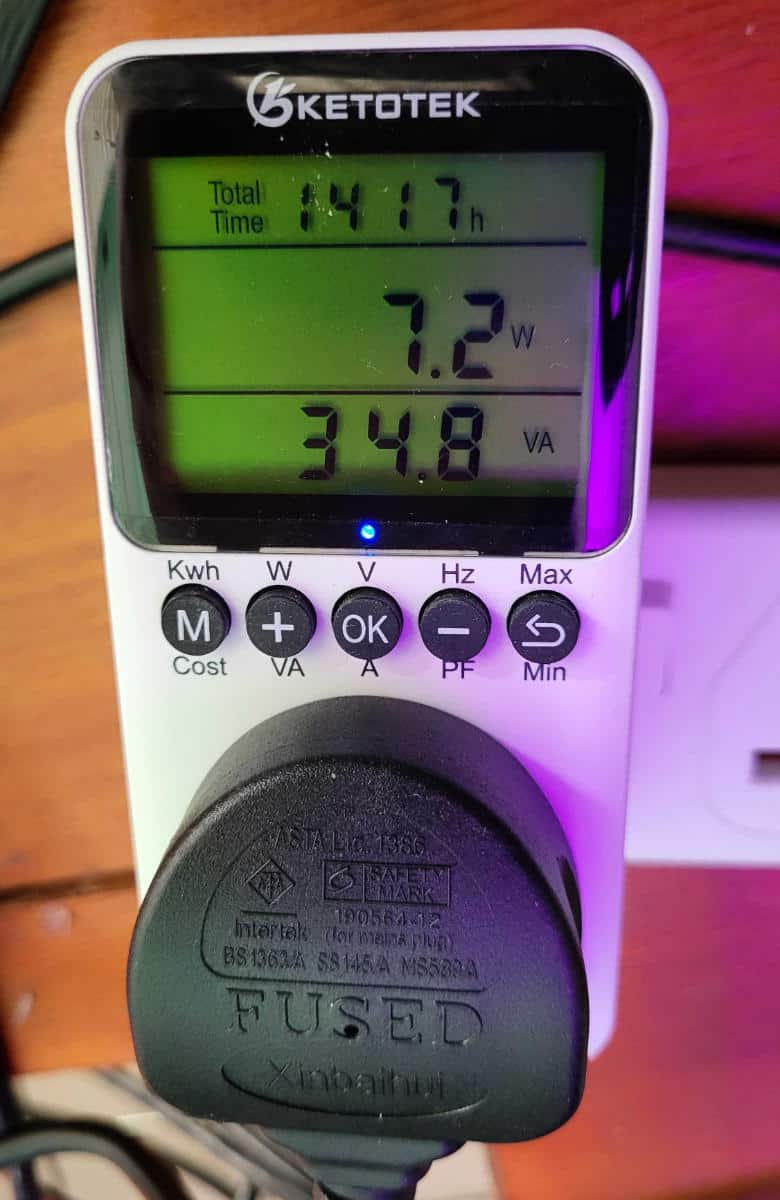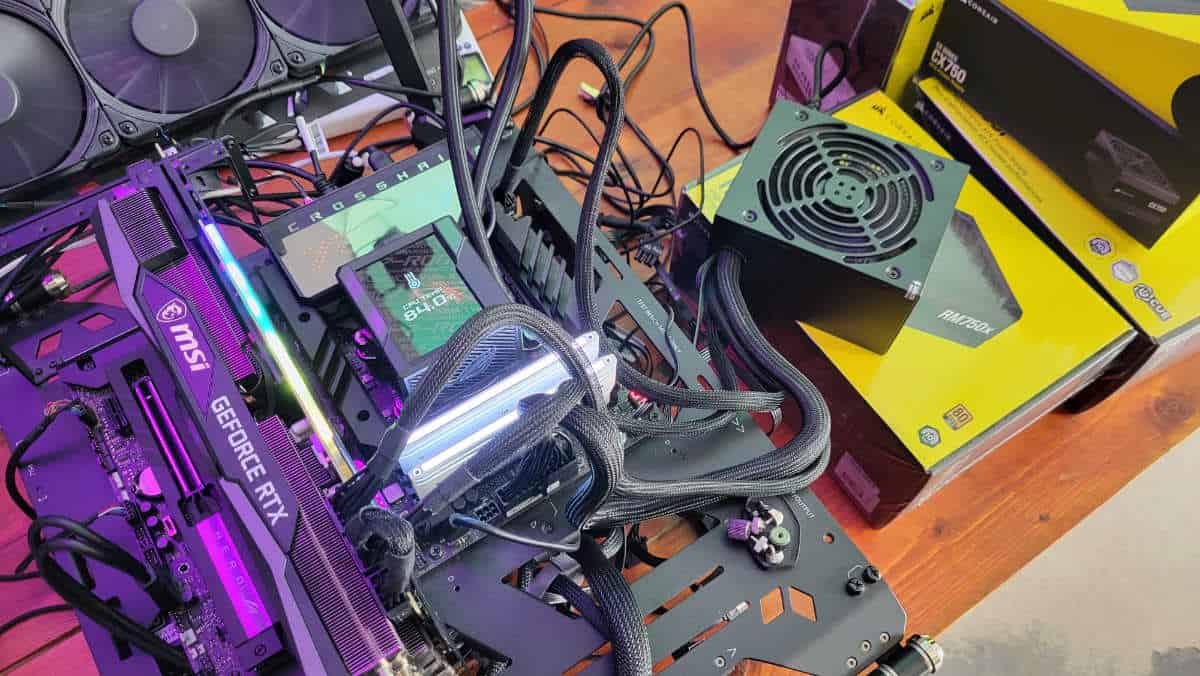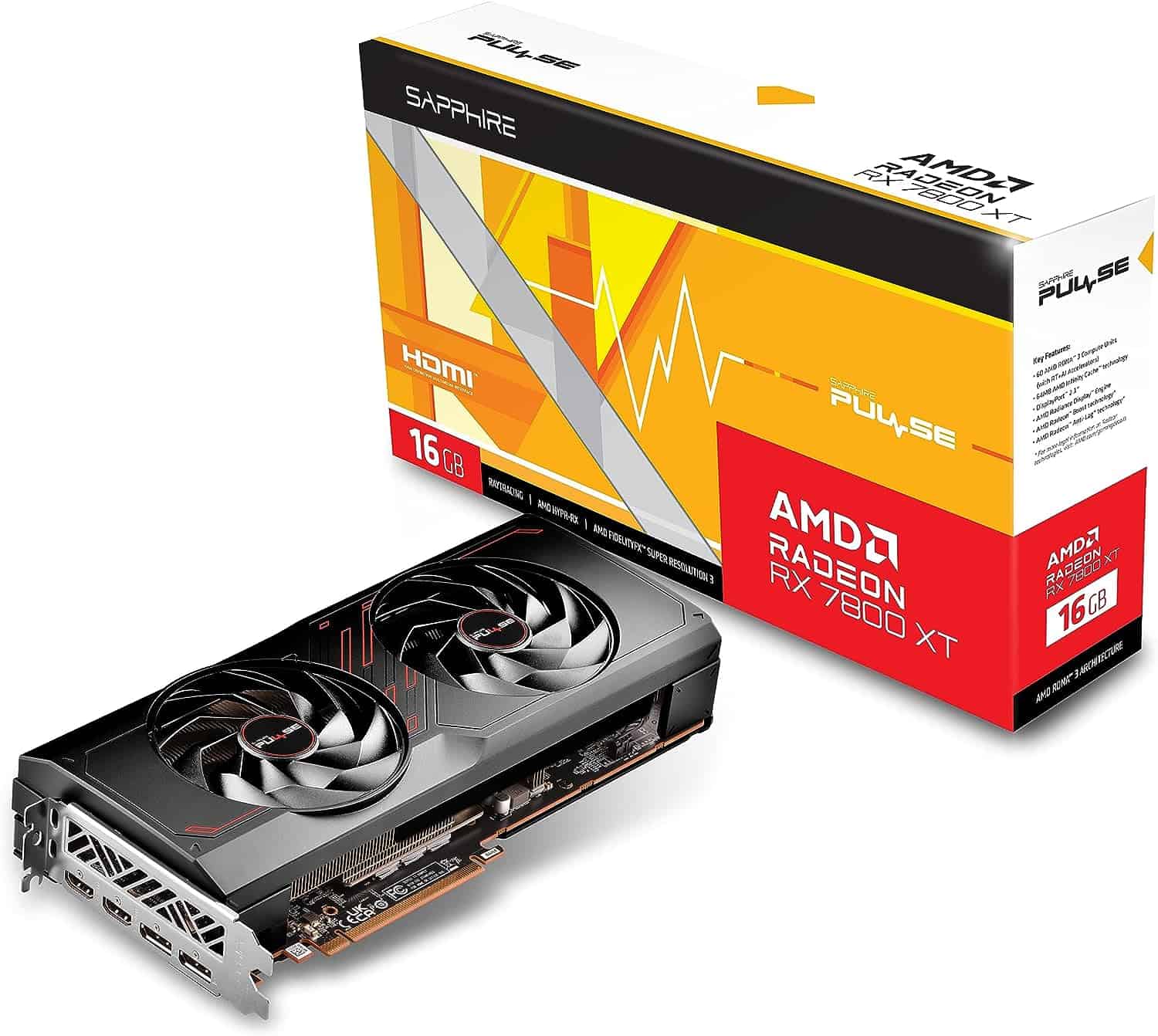Corsair CX750 PSU review: budget-friendly but not without compromise
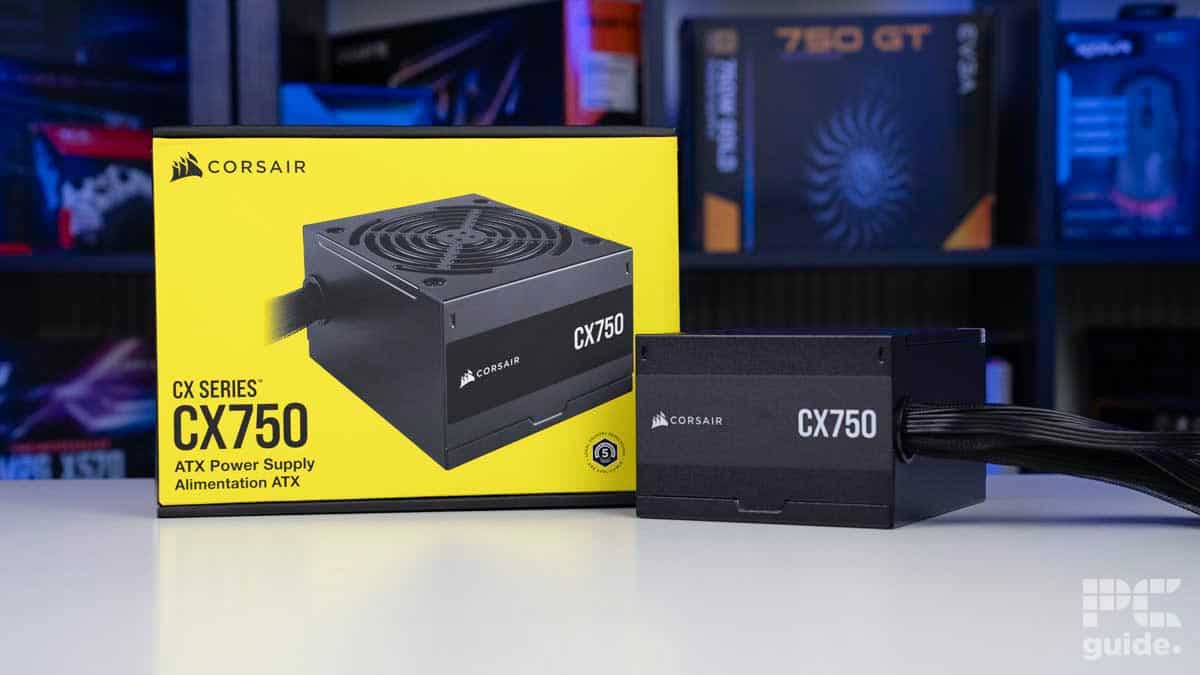
Table of Contents
Power supplies range from the top tier, high efficiency, and fully modular down to the lowest of low efficiency and keeping to what’s given for your cables. That’s where the Corsair CX750 review takes us, looking to the low end of the hardware spectrum and seeing if it’s worth your time and money.
Although the best PSU might not be at the forefront of your gaming PC build, it’s still an important part. Even on the low end, if you’re not wanting to spend all the money on the power it’s still key to get a reliable source. That’s where Corsair’s range might be a top selection for it if it’s the Corsair RM1000X Shift we reviewed or the CX range on the other end, we look to see if it’s still a worthy pick.
Prime Day is finally here! Find all the biggest tech and PC deals below.
- Sapphire 11348-03-20G Pulse AMD Radeon™ RX 9070 XT Was $779 Now $739
- AMD Ryzen 7 7800X3D 8-Core, 16-Thread Desktop Processor Was $449 Now $341
- ASUS RTX™ 5060 OC Edition Graphics Card Was $379 Now $339
- LG 77-Inch Class OLED evo AI 4K C5 Series Smart TV Was $3,696 Now $2,796
- Intel® Core™ i7-14700K New Gaming Desktop Was $320.99 Now $274
- Lexar 2TB NM1090 w/HeatSink SSD PCIe Gen5x4 NVMe M.2 Was $281.97 Now $214.98
- Apple Watch Series 10 GPS + Cellular 42mm case Smartwatch Was $499.99 Now $379.99
- ASUS ROG Strix G16 (2025) 16" FHD, RTX 5060 gaming laptop Was $1,499.99 Now $1,274.99
- Apple iPad mini (A17 Pro): Apple Intelligence Was $499.99 Now $379.99
*Prices and savings subject to change. Click through to get the current prices.

- Wattage: 750W
- Form Factor: ATX
- Rating: 80 Plus Bronze, Cybenetics Silver
- Design: Non-modular
If you’re after a more budget PSU, the Corsair CX750 provides a good choice, dropping down from its initial cost makes it a lot more competitive choice. But what makes it a bit more budget-friendly is the inefficiency and non-modular build. Along with a slightly noisier build without a hybrid fan might make it less appealing and costlier to run in the long term it makes that initial cost a bit more acceptable and still gives you a strong PSU.
- Low cost in a competitive market range makes it an appealing choice
- Rifle bearing fan expected to outlast warranty which itself is OK for a low-rated PSU
- Compact size and limited cables make it easier to work with and not miss anything build
- Nonmodularity limits customization and available connectors, including one EPS and two individual PCIe (although one double causes less trouble)
- Can get noisy under loads, although less perceptible in a build
- Only one SATA and PATA limits peripheral connections but a good distance between each gives good reach
Design
In general, the power supply doesn’t sport anything too different from the standard. It comes in as a non-modular model, compared to a semi or full which means you can’t replace any of the power cables available to you. This does limit you as to what connectors you have available to utilize and build with. That includes being able to run custom cables if you want some personalization.
as a budget PSU, it keeps things simple to keep the price down, and the power rating does still make it a consideration for stronger builds even if your choices are limited
This also means having to cable manage anything you might not be using, such as PATA or the Molex connectors that aren’t seen as much these days. It does make things simpler when building though, as you’re not going to miss out on any cables and having to reach inside the PC case to plug one back in.
It also cuts back on some more modern features of power supplies. Such as it not being a PCIe 5 PSU, which is necessarily a bad thing but it has not native 12VHPWR connectors for the best GPUs out there from Nvidia. But it still has the power connectors for it. With a 750W rating, it’s still strong enough for a top GPU, you just have to make do with the three PCIe connectors (although two of them are doubled up on the same cable).
For the power cables, you also get just one EPS for your CPU power, so if you have a higher-tier motherboard with two, enabling more power and overclocking means the CX750 is not the right pick for it. However as a budget PSU, it keeps things simple to keep the price down, and the power rating does still make it a consideration for stronger builds even if your choices are limited.
Size
The CX750 is a more standard choice of PSU, comparing SFX and ATX there is a big difference in size and form factor to fit into a small build. However, this PSU is still an ATX form factor, just a bit shorter than standard. The power supply has dimensions of 150mm x 86mm x 140mm which means it’s not as long as some other options. This does benefit slightly in managing cables and fitting in the nonmodular choice hidden away whilst being able to still close the side panel.
It does just about fit the fan inside of it, as it features a 140mm rifle-bearing fan inside of it. Which doesn’t feature a zero RPM mode but the size and design keep the PSU cool. It should be a useful addition to even those tighter spaces and cases, although it’s not an SFX model to utilize for the even smaller ones.
Performance
We don’t have a full, suite of performance testing capabilities, but we put it to the test on our testing rig to see the power drawn and supplied to the key components. Our setup consisted of the following components:
- Ryzen 9 7950X CPU
- ROG X670E Hero motherboard
- Phanteks 1000W PSU
- Corsair Dominator Titanium 64GB 6600
- ROG Ryujin II 360 AIO CPU cooler
- MSI Gaming X Trio RTX 3090
The 7950X has a TDP of 170W, and the RTX 3090 has a 350W rating, adding together to require a minimum of 520W. Factoring in the other components and the overhead, the recommendation for the GPU is at least 750W. That means the CX750 is a good enough choice for it and we put it to the test with a full load with Furmark 2 CPU and GPU stress test.
We see once the two are loaded, and we see the GPU temperature rise and CPU flatten at 95°C the power level also stabilizes. The GPU sits around 369W and the CPU peaks at 196W but levels lower to around 190W. The PSU provides that effectively and under that full load our power meter showed the power supply drawing around 736W, coming close to the limit but providing enough for the job. It does use more though with its efficiency as we’ll see in the rest of the Corsair PSUs we have tested.
limits your customization but gives you all the cables without having to worry about plugging in the right ones
Under its full load, the fan did ramp up even though there’s no hybrid mode it reacted to keep temps down. There wasn’t a high sound to it too much. Although in the office it might be a bit harder to compare and without a sound meter and sound room we don’t hear any issues. Plus in a build, it’s unlikely to be a big contributor, and without noticeable coil whine it is a good choice still.
What GPUs to pair with the Corsair CX750
There are not many graphics cards that can’t be powered by the CX750, the 750W covering a good range of options especially as efficiency improves over the generations and you get more performance for the power. In this case, even our RTX 3090 wasn’t really hindered by the choice.
What can limit you is the three connectors, the double connector on one cable may be harder to utilize to its full potential. Even still the lower choice PSU is best suited for lower-end build and combining with a lower cost GPU to match. A choice of RTX 4070 Super or RX 7800 XT is the sort of level to match along with a lower model and keep your build costs down. It also leaves some overhead on the PSU and can minimize that efficiency loss by keeping power use down in general.
Warranty and support
As a lower-tier model, the CX750 limits the available warranty on it. It’s set to 5 years after purchase so you’re unlikely to be using it in many builds to come. But it does provide a good peace of mind for the current setup as it should last. That includes the fan and the good bearing that Corsair utilizes in it and should outlast the 5 years especially as it is constantly running.
Conclusion
All in all, the Corsair CX750 is a strong choice of PSU, in a highly contended range in does offer a good price. But at the cost of efficiency and modularity and the same time, it limits your customization but gives you all the cables without having to worry about plugging in the right ones. A shorter unit, and with limitations it is an overall ok pick to go for when it’s about budget, but inefficiency and modularity aren’t too much more expensive and at this power level it might be a stronger recommendation.

- Wattage: 750W
- Form Factor: ATX
- Rating: 80 Plus Bronze, Cybenetics Silver
- Design: Non-modular

